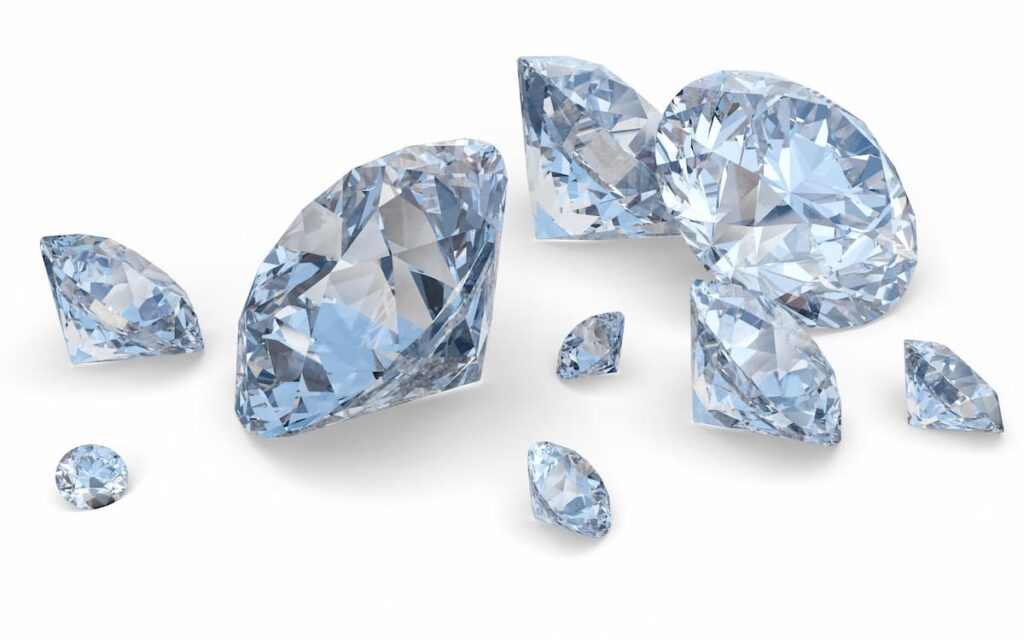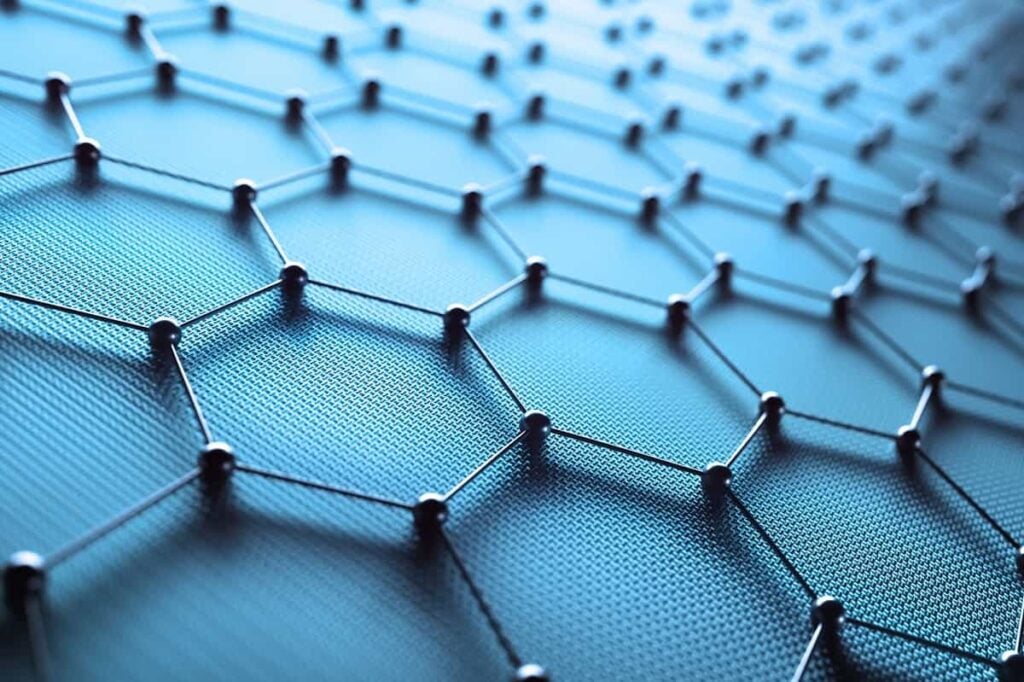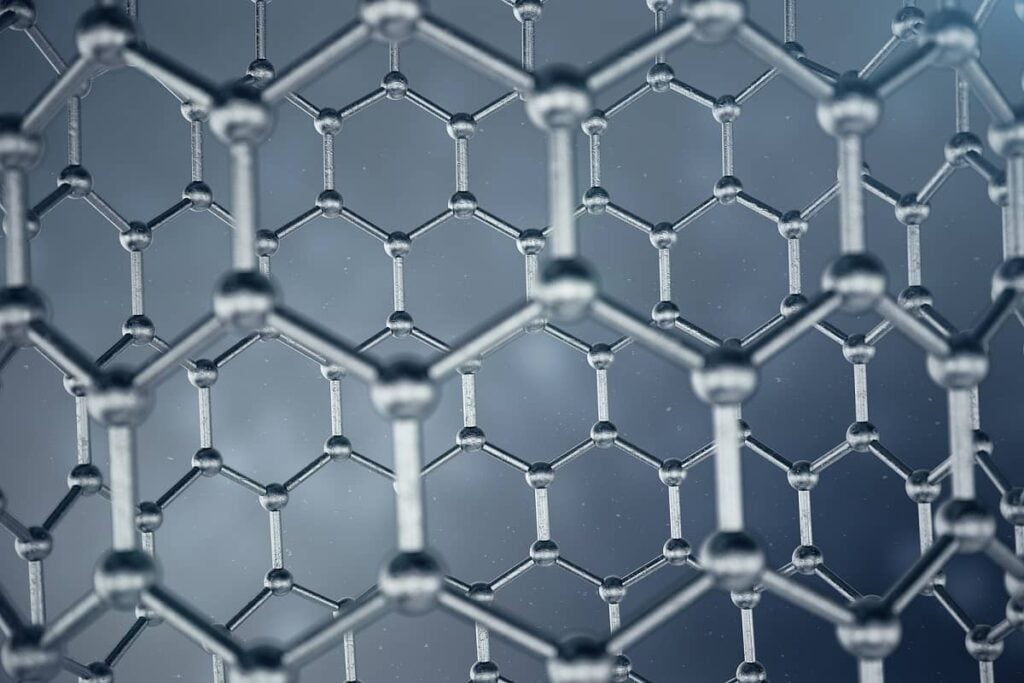Lab Created Man-Made Diamonds from Diamond Foundry
Table of contents
Table of contents

About $13 billion dollars in diamonds are produced every year, with 65% of that production coming from Africa. The popularity of a movie called Blood Diamond (2006) brought to light the fact that much of that African diamond production comes with a cost, mainly that of human exploitation. So what are diamonds used for besides adorning the ring finger of your better half? Well, 70% of diamonds are actually sold for industrial applications such as drilling cutting, and grinding. The real money though is in diamonds for jewelry which make up just 25% of a diamond mine’s output but a staggering 95% of the value. Here’s what the value chain looks like for jewelry diamonds:
One exception to the above value chain is synthetic diamonds which are man-made using processes that involve extremely high temperatures and pressures. These are not fake diamonds which are typically referred to as cubic zirconia, the reason being that they are made from zirconium dioxide. Lab created diamonds on the other hand are grown using carbon atoms and chemical vapor deposition (CVD), the same tools used to make silicon chips and solar cells. CVD is a method used to apply a very thin layer of material on to a surface, in this case the material being that of carbon. The resulting man made diamond is in fact, a real diamond, and not even the most renowned diamond experts can tell the difference.
While 98% of all diamonds used for industrial use are actually man made diamonds, the real money to be made is in jewelry, not industrial applications. Synthetic diamonds only account for a 2% market share currently in diamond jewelry. This is due to the fact that synthetic diamonds take a long time to make and are perceived by some as “not being real diamonds”. One company called Diamond Foundry is looking to change this with their synthetic diamonds targeting jewelry.
Diamond Foundry
Founded in 2012 by a team of M.I.T., Stanford, and Princeton engineers, Diamond Foundry was born out of a now-defunct company called Nanosolar which was developing pioneering breakthroughs in solar power technology. The proliferation of cheap Chinese solar production resulted in a need to change focus for Nanosolar, so they changed their name to Diamond Foundry and began developing a plasma as hot as the outer layer of the sun. This plasma enables them to attach atoms to an earth-extracted diamond and grow it in size.
While a number of other companies are currently creating synthetic diamonds, Diamond Foundry can create pure diamond material at about 150 times the rate at which the industry now produces it as the same speed it takes to mine traditional diamonds. The Company grows “type IIa” diamonds which are a pure white material that represents just 1-2% of all natural diamonds. This grade of jewelry quality diamonds are almost or entirely devoid of impurities.
Diamond Foundry has a unique business model in which they have partnered with more than 200 designers who buy the company’s crystals and put them into their rings, necklaces, bracelets, and earrings. You can also choose to buy their man-made diamonds on their own, and each diamond comes with a proper certificate of authenticity such as this 1.6-carat princess diamond which is selling for $7,426:
Conclusion
With price points the same as traditional diamonds, Diamond Foundry has quite a disruptive potential if they can get the marketing right. Simply capturing a 10% market share of the diamond jewelry market would give them over a $1 billion in revenues. With the pricing the same as traditional diamonds, Diamond Factory needs to increase the “feel good” attributes and decrease the “synthetic” attributes.
Sign up to our newsletter to get more of our great research delivered straight to your inbox!
Nanalyze Weekly includes useful insights written by our team of underpaid MBAs, research on new disruptive technology stocks flying under the radar, and summaries of our recent research. Always 100% free.


















Great article, but I think Diamond Foundry needs to work on their marketing more. Last I checked, there was much to be desired in terms of diamond assessment and evaluation via their website. Diamonds cannot be sold via a very sparse ‘certificate’ with generalized data on color and clarity. Consumers are now requiring detailed data and full transparency. They have a long way to go.
Centaurus diamonds technology! Can make diamonds in less than a 10th of a second! They will be full-blown production by the end of 2016 ticker symbol see CTDT!
Hi Dave,
That’s an OTC company and we strongly recommend investors avoid OTC companies at all costs. We’ll move them to the front of our article queue and take a detailed look at what they are up to. We very much appreciate the heads up!